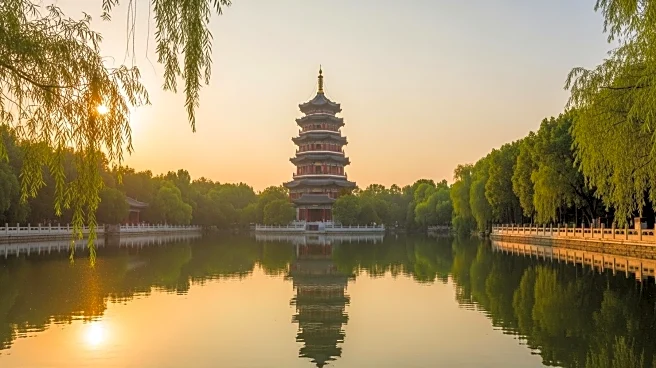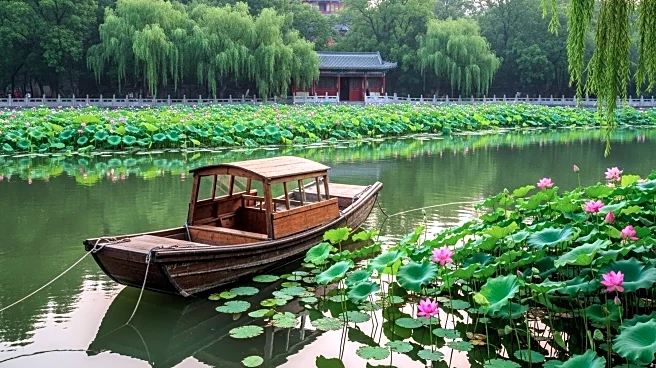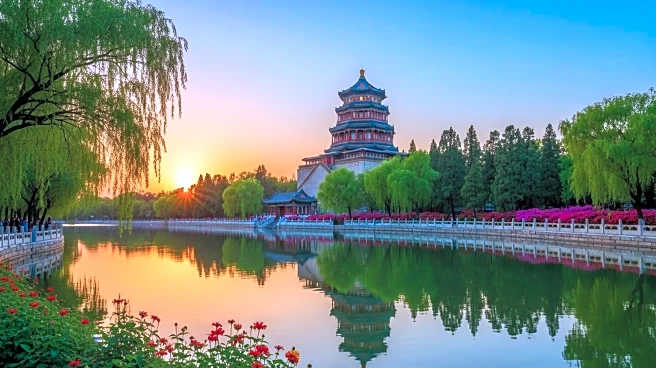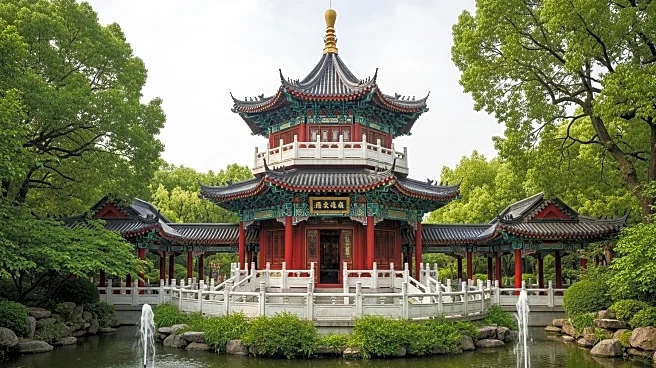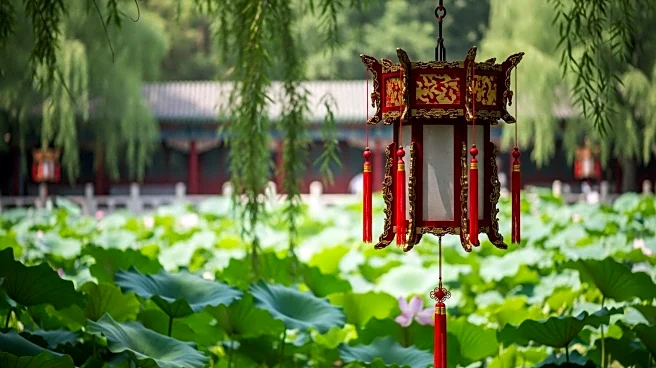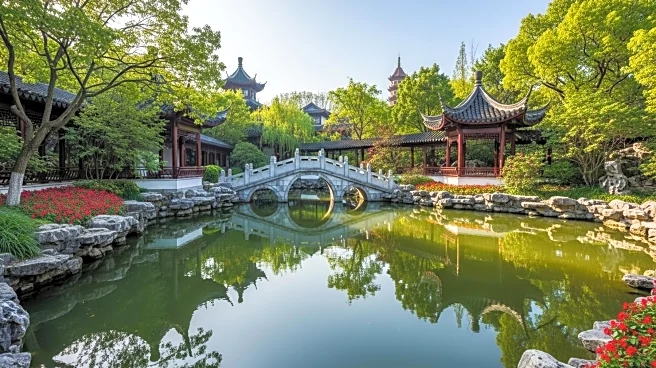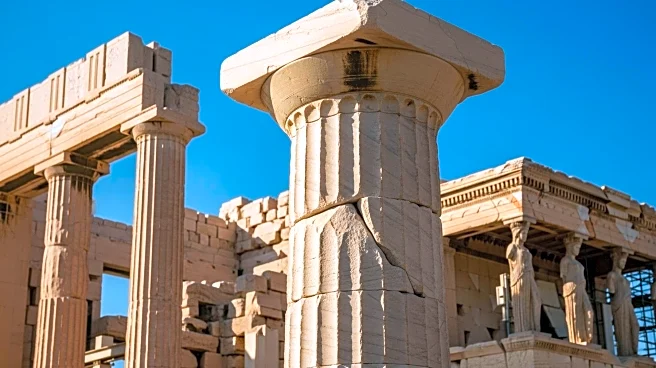The Summer Palace in Beijing has a rich historical timeline that reflects the cultural and architectural evolution of China. From its origins as an imperial garden to its present status as a UNESCO World Heritage Site, the Summer Palace has undergone significant transformations that highlight its enduring significance.
Origins
The origins of the Summer Palace date back to the Qing dynasty, when it was established as an imperial garden. The site was designed to provide a retreat for emperors, offering a space for relaxation and reflection away from the formalities of the Forbidden City.
Key Phases
Throughout its history, the Summer Palace has undergone various phases of development and restoration. Notable phases include the construction of Longevity Hill and Kunming Lake, which are central to its design. The integration of natural landscapes with artificial structures was a key focus during these phases.
Turning Points
A significant turning point in the history of the Summer Palace was its inclusion on the UNESCO World Heritage List in 1998. This recognition marked a new era of preservation and global appreciation for the site, ensuring its protection and continued relevance.
Present Status in Source
Today, the Summer Palace stands as a symbol of Chinese cultural heritage and architectural excellence. It attracts millions of visitors annually, offering insights into the historical narratives and design philosophies of the Qing dynasty. Its status as a World Heritage Site underscores its importance in the global cultural landscape.
 Discover Daily • 8 min read
Discover Daily • 8 min read 